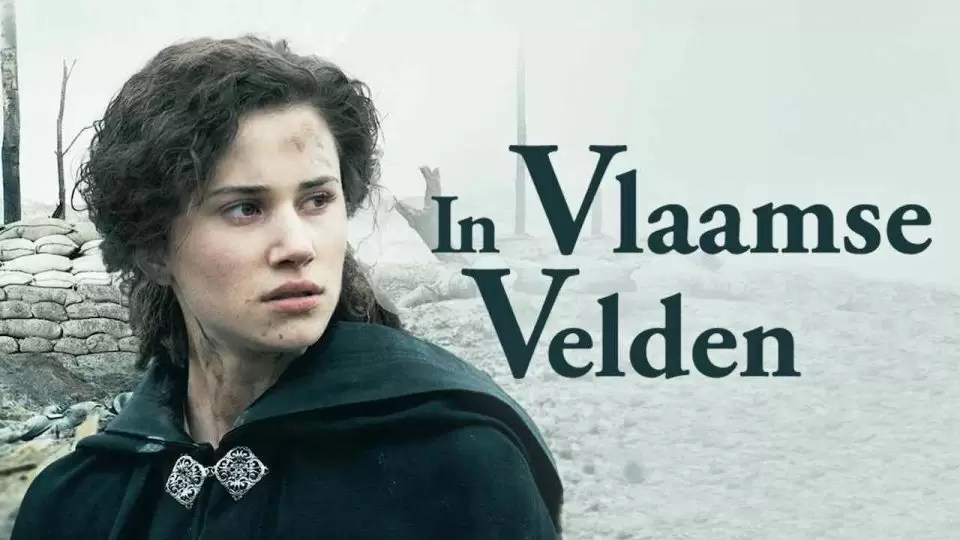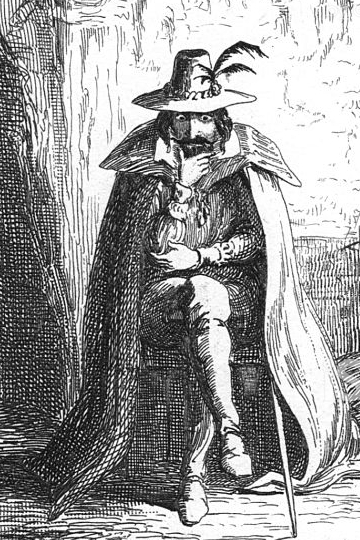
By happenstance this month I watched a Flemish TV series about a family in World War I and read a book by a Flemish author who discovered his house was occupied by an SS officer in World War II. Both were set in Ghent, my mother’s home town, where I spent many happy childhood times and have visited often throughout my life. Both offered a fuller context to the stories passed down to me about my own family’s experiences in the World Wars.
I watched the ten episodes of In Vlaamse Velden on PBS Passport, in Flemish with English subtitles. It was lovely to hear Flemish, a language that surrounded me in my childhood. I felt good when I was able to pick up familiar words and expressions, even some entire sentences, but I did need the subtitles. The series tells the story of Dr. Boesman, a gynecologist, his wife Virginie, sons Vincent and Guillaume, and daughter Marie. Each experiences the war in a different way, illustrating the complex and divided loyalties of the Flemish people during German occupation.

Dr. Boesman believes the Germans will win and that he may at last gain a professorship at the University of Ghent, till now denied to Flemish speakers. The class divide between Flemish and French speaking Belgians is exploited by the Germans who claim a cultural kinship with the Flemish Independence movement. The language divide also compromises the effectiveness of the Belgian Army. The officer class are French-speaking while most of the enlisted men are Flemish and cannot understand their orders. Vincent Boesman plays a crucial role in his unit, translating for the officers and winning promotion. A scene where Vincent’s unit travels towards the front on bicycles underscores the inadequacy of the Belgian forces. Meanwhile free-spirited younger brother Guillaume deserts the army, but is captured by the French and pressed into service. His war experiences will profoundly change him.
Continue reading “In Vlaamse Velden (In Flanders Fields)”













